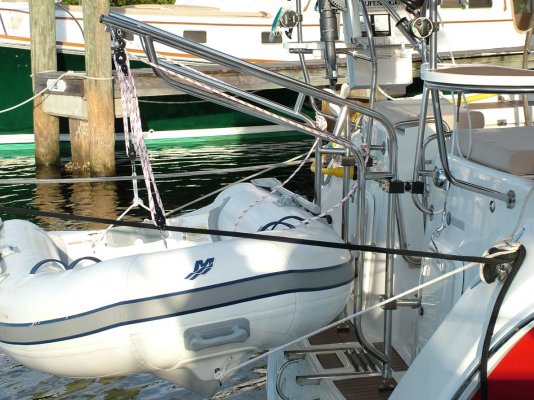twistedtree
Guru
For those that aren’t already experienced welders, a TIG machine isn’t where you want to start unless you are willing to spend a lot of time to learn and practice. I have a pretty complete metal shop (and wood) and recently sold my Miller TIG welder because I didn’t use it enough to get the weld quality that I want. I would rather pay for the occasional TIG job to be done professionally and perfectly rather than settle for the quality and appearance I can turn out with my rusty skills.
Simi has different situation since apparently the skilled work is hard to come by in his area. Sounds like he has the ability and experience so that won’t be an issue for him.
I'd say I'm a hobbyist welder at best, and there is no doubt that practice is very important. But I have also found that newer equipment can make any amateur attempts more successful. I did my first aluminum welding project ever, and a big one at that, using a new Miller setup with a good feed gun, and for probably 80% of the welds it actually looked like I knew what I was doing.


